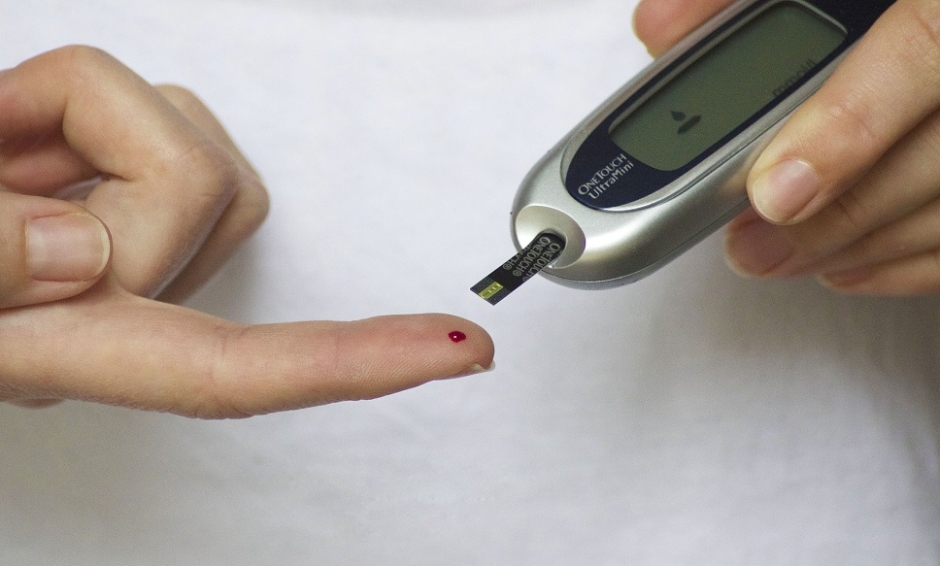COGNITIVE alterations and brain structure abnormalities are more likely in people with Type 2 diabetes mellitus (T2DM) if they are overweight or obese, according to the results of a recently published collaborative study by scientists at the Ewha Womans University, Seoul, South Korea and the University of Utah, Salt Lake City, Utah, USA. It is thought that this finding suggests the need to stage an early intervention in T2DM patients to tackle risk factors for obesity.
Previously, work has found that, individually, T2DM and obesity have negative impacts on a range of organs. Indeed, T2DM has been associated with the progression of cognitive dysfunction and is also believed to increase the risk of dementia development. This study aimed to investigate the joint impact of T2DM and obesity on cognitive function and brain structure. One hundred and fifty people, aged between 30 and 60 years, were recruited on to the study and were divided into three groups of 50 that were matched for age, sex, and duration of T2DM. One control group was composed of 50 people without T2DM who were at a healthy weight, one group comprised 50 people with T2DM who were at a healthy weight, and the final group contained people who had T2DM and were overweight or obese. The participants with T2DM had received a diagnosis within 5 years and had not received stable insulin treatment. Alongside cognitive tests to assess executive function, memory, and psychomotor speed, additional brain analyses using magnetic resonance imaging (MRI) were conducted.
It was discerned that the thinnest grey matter of the temporal, prefrontoparietal, motor, and occipital cortices was found in the group containing obese or overweight patients with T2DM, followed by patients with T2DM who were at a healthy weight. These region-specific changes provide some explanatory power of the mechanism linking T2DM, obesity, and the development of dementia. For instance, an early indicator of Alzheimer’s disease is the wasting of the temporal lobe. The researchers noted that: “These findings suggest that weight status may play additive roles in T2DM-related brain and cognitive alterations.” The researchers also highlighted that their study did not include people who did not have T2DM and were overweight or obese. This suggests a direction for further study.
(Image: freeimages.com)








